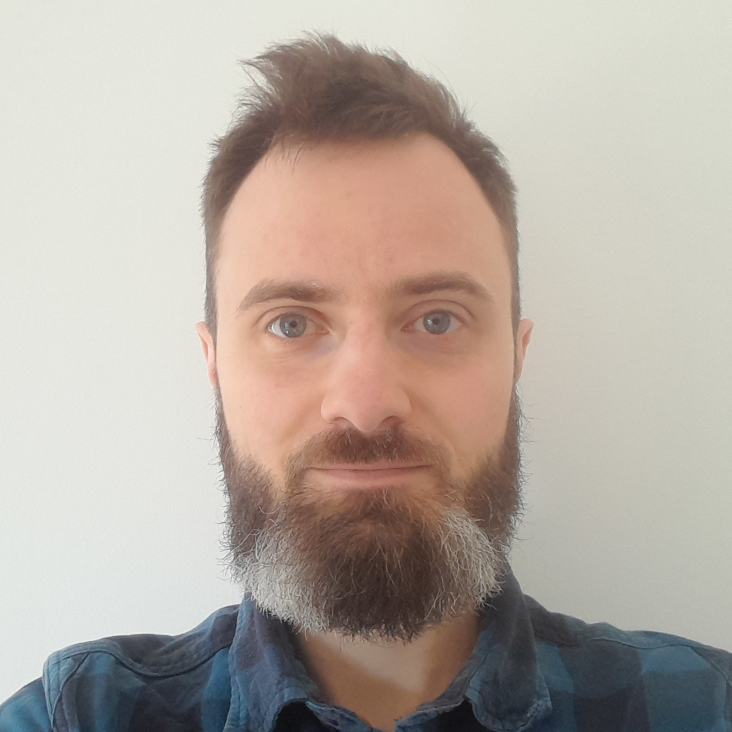Two-frequency operation of a Paul trap to optimise confinement of two species of ions
International Journal of Mass Spectrometry Elsevier (2018)
Abstract:
© 2018 Elsevier B.V. We describe the operation of an electrodynamic ion trap in which the electric quadrupole field oscillates at two frequencies. This mode of operation allows simultaneous tight confinement of ions with extremely different charge-to-mass ratios, e.g., singly ionised atomic ions together with multiply charged nanoparticles. We derive the stability conditions for two-frequency operation from asymptotic properties of the solutions of the Mathieu equation and give a general treatment of the effect of damping on parametric resonances. Two-frequency operation is effective when the two species’ mass ratios and charge ratios are sufficiently large, and further when the frequencies required to optimally trap each species are widely separated. This system resembles two coincident Paul traps, each operating close to a frequency optimised for one of the species, such that both species are tightly confined. This method of operation provides an advantage over single-frequency Paul traps, in which the more weakly confined species forms a sheath around a central core of tightly confined ions. We verify these ideas using numerical simulations and by measuring the parametric heating induced in experiments by the additional driving frequency.Ultracold atoms in multiple radio-frequency dressed adiabatic potentials
Physical Review A American Physical Society 97:1 (2018) 013616
Abstract:
We present the first experimental demonstration of a multiple-radiofrequency dressed potential for the configurable magnetic confinement of ultracold atoms. We load cold \Rb{87} atoms into a double well potential with an adjustable barrier height, formed by three radiofrequencies applied to atoms in a static quadrupole magnetic field. Our multiple-radiofrequency approach gives precise control over the double well characteristics, including the depth of individual wells and the height of the barrier, and enables reliable transfer of atoms between the available trapping geometries. We have characterised the multiple-radiofrequency dressed system using radiofrequency spectroscopy, finding good agreement with the eigenvalues numerically calculated using Floquet theory. This method creates trapping potentials that can be reconfigured by changing the amplitudes, polarizations and frequencies of the applied dressing fields, and easily extended with additional dressing frequencies.Species-selective confinement of atoms dressed with multiple radiofrequencies
Journal of Physics B: Atomic, Molecular and Optical Physics 50:9 (2017)


